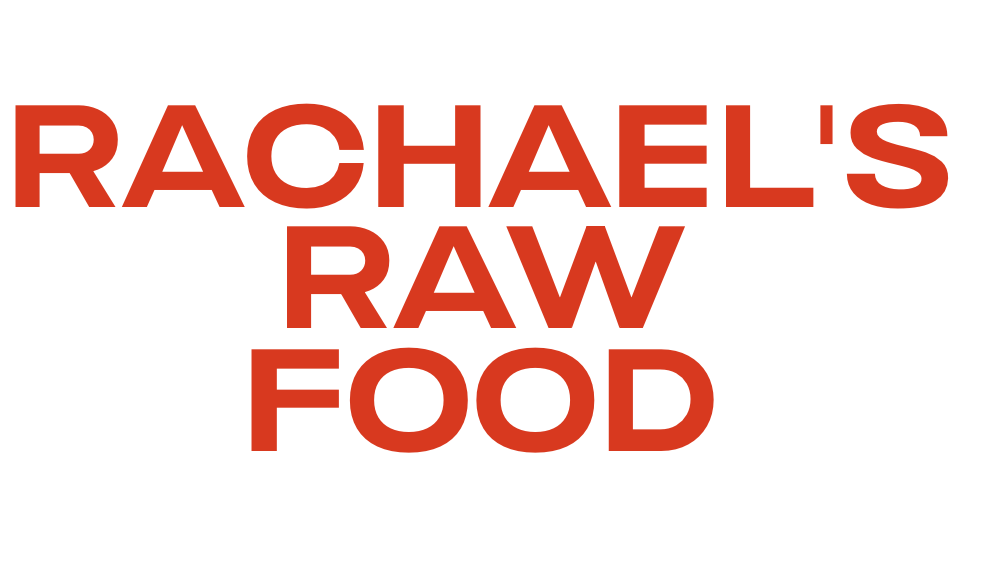To understand nutrition studies without being misled, check the study’s design—prefer randomized controlled trials over observational ones—and assess its methodology, including participant selection and controls. Look beyond p-values to consider effect size and real-world impact. Be cautious of biases or confounding factors that may skew results. Using critical thinking and understanding the strengths and limitations of research helps you make informed decisions; more insights await if you continue exploring.
Key Takeaways
- Check the study design; prioritize randomized controlled trials over observational studies for reliable conclusions.
- Review the methodology for participant selection, controls, and blinding to assess credibility.
- Evaluate the statistical significance along with effect size and real-world relevance, not just p-values.
- Be aware of potential biases and confounding factors that might influence results.
- Read beyond headlines; analyze the full study to understand limitations and avoid sensationalized claims.

Have you ever wondered if the nutrition studies you read are reliable? It’s a common question because not all research is created equal. To determine whether a study’s findings are trustworthy, you need to understand its study design. The design reveals how the research was conducted, which directly impacts the validity of the results. For example, randomized controlled trials (RCTs) are considered the gold standard because they minimize bias and allow for clearer cause-and-effect conclusions. Observational studies, on the other hand, can show associations but can’t definitively prove causation. When reading a nutrition study, look for clues about its design—was it an RCT, a cohort study, or a case-control? Knowing this helps you evaluate how much weight to give the findings.
Another essential aspect is statistical significance. When a study reports significant results, it means the observed effects are unlikely due to random chance. However, statistical significance doesn’t automatically mean the results are meaningful or applicable to everyone. Sometimes, a small difference can be statistically significant if the sample size is large enough, but it might not have practical importance. Conversely, a study with a small sample size might miss real effects because it lacks the power to detect them. So, when you see a study claiming a “significant” outcome, ask yourself: what is the actual size of the effect? Was the p-value (a measure of significance) set at a conventional level, like 0.05? And did the researchers consider confounding factors that could influence the results? Understanding these details helps you filter out studies that might be overstating their findings or misinterpreting the data.
It’s also key to look beyond the headline results. Check the methodology section to see if the study was well-designed and whether it followed rigorous protocols. Were participants randomly assigned? Was there a control group? Did the researchers blind participants or investigators to reduce bias? These elements bolster the credibility of the findings. Additionally, consider if the study was peer-reviewed, which adds a layer of scrutiny. Recognizing the importance of study design and cybersecurity vulnerabilities empowers you to critically assess research instead of just accepting or rejecting it at face value. By honing these skills, you’ll become better at distinguishing between reliable science and sensationalized headlines, ultimately making more informed decisions about your nutrition and health.
Frequently Asked Questions
How Can I Identify Biased or Manipulated Study Results?
You can identify biased or manipulated study results by checking for conflicts of interest and selective reporting. If the study is funded by a company with a stake in the results, bias may be present. Also, look for missing data or only positive outcomes being published, as this indicates selective reporting. Always question whether the study design, sample size, and methodology support the conclusions, helping you spot potential manipulation.
What Are Common Statistical Errors in Nutrition Research?
You’re walking a tightrope when it comes to statistical errors in nutrition research. Watch out for small sample sizes, which threaten statistical validity, and overgeneralizations that skew data interpretation. Additionally, beware of p-hacking or cherry-picking results to fit a narrative. These mistakes can make findings look more convincing than they truly are, so question studies that don’t clearly explain their methods or that have inconsistent data.
How Do Funding Sources Influence Study Outcomes?
Funding sources can substantially influence study outcomes through funding bias and industry influence. When a study is funded by industry stakeholders, you might notice results favoring their products or interests. To avoid being misled, always check who funded the research, consider whether funding bias might be present, and look for independent or government-funded studies. Recognizing these influences helps you critically evaluate the credibility of the findings.
What Role Does Sample Size Play in Study Reliability?
A larger sample size enhances study reliability because it reduces the margin of error and increases the accuracy of results. When you see a study with a small sample size, be cautious, as it may not represent the broader population and could lead to misleading conclusions. You should look for studies with adequate sample sizes to make certain the findings are trustworthy and applicable to real-world scenarios.
How Can I Differentiate Between Correlation and Causation?
Did you know that 80% of studies showing a correlation don’t prove causation? To differentiate between causation vs correlation, look for evidence of a direct mechanism linking variables, not just a statistical association. Be cautious of confounding factors and check if other studies support the findings. Interpreting associations accurately helps you avoid jumping to conclusions and makes you a smarter, more critical reader of nutrition research.
Conclusion
So, next time you skim a nutrition study, remember the irony—you’re practically an expert. You’ll spot the biases, question the headlines, and see right through the hype. Ironically, the more you learn, the easier it becomes to be fooled. But with your newfound skills, you’ll confidently navigate the confusing world of nutrition info—proof that even in a sea of misinformation, your critical eye can be your best defense. Happy reading, savvy consumer!










